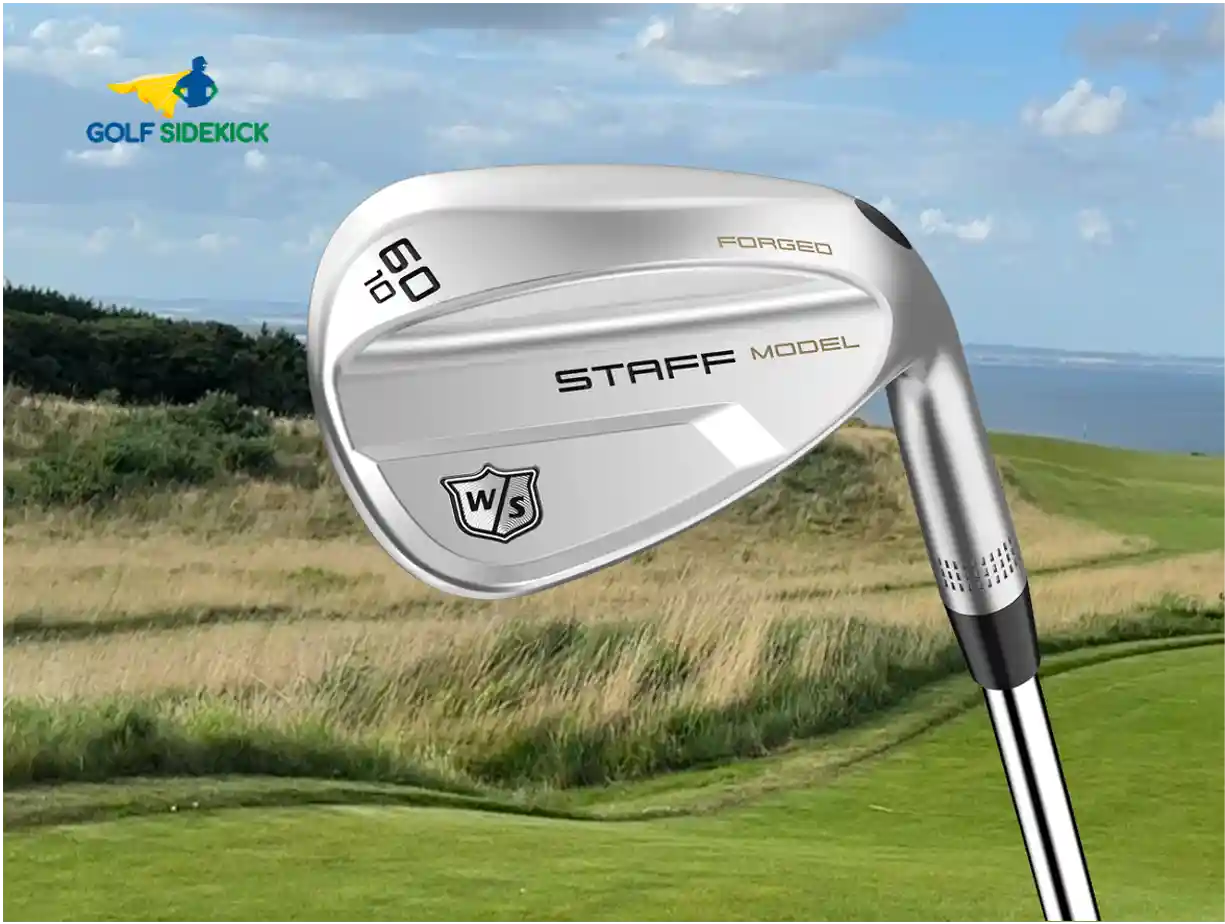Last Updated on January 3, 2024 by Matt Greene
*Read our review guidelines.

Mid handicap level is seriously good golf. I want you to get even better, and the path to low handicap golf is paved with short game.
You're in the right place because I love wedges and you will too by the end of this review of the best wedges for mid handicappers.
We can all be as good as the pros with the short game. We just need great wedges and lots of practice. Let's take a look at the wedges I tested and my recommednations for each aspect of the short game for a mid handicapper like yourself.
The Best Wedges for Mid Handicap Golfers in 2024
- Cleveland RTX 6 ZipCore wedge (best for spin addicts)
- Taylormade Hi Toe 3 wedge (best Tour level wedge for mid handicappers)
- Cleveland CBX 2 Full Face wedge (most forgiving wedge)
- PXG 0311 wedge (softest feeling wedge)
- Wilson Staff Model wedge (best looking wedge)
- Takomo Skyforger (best value wedge in the world)
Cleveland RTX 6 ZipCore wedge
Best for low to mid handicappers
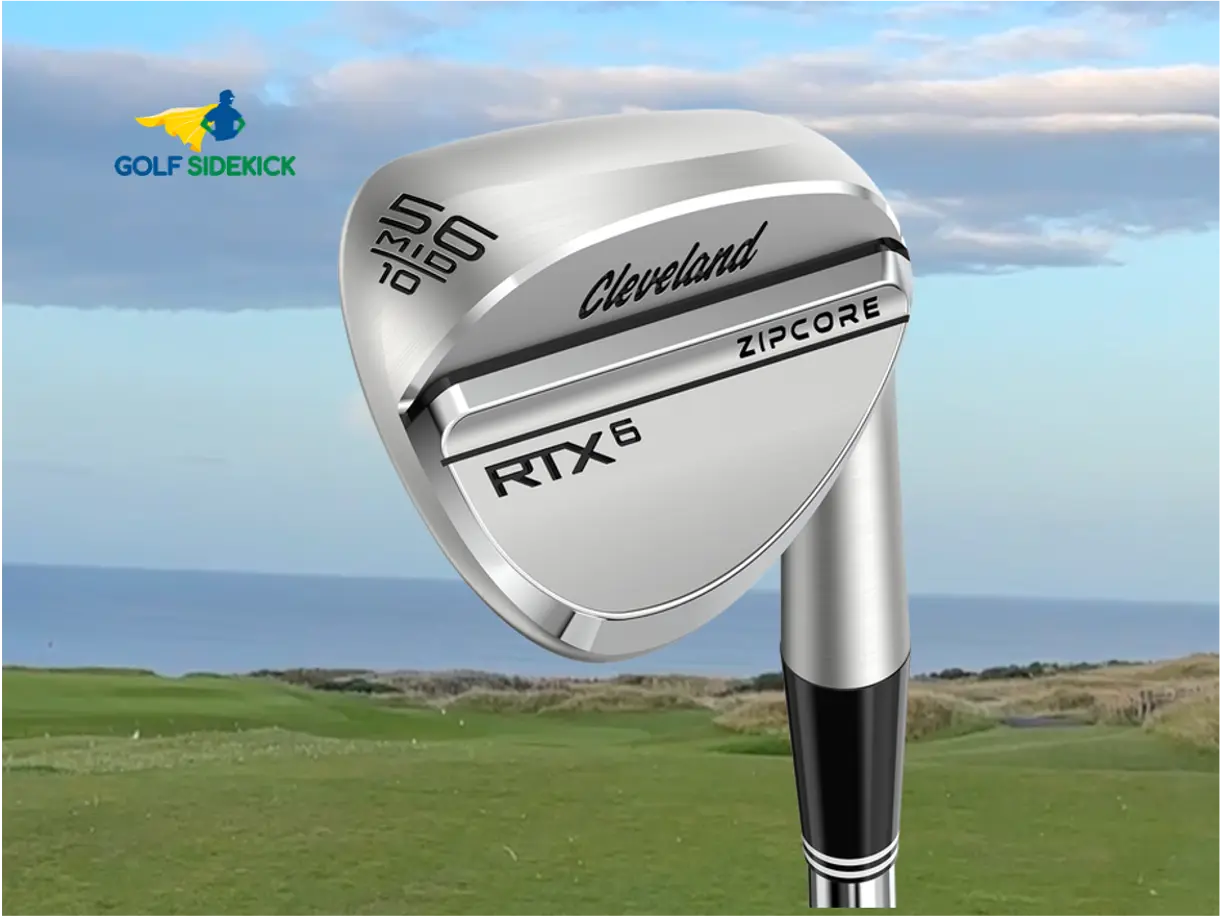
Cleveland have even gone as far as to offer three different bounce options. I like the High Bounce for most golfers. Low bounce wedges are really for skilled players or guys playing off firm ground most of the season. High Bounce wedges will hit the ground or sand and bounce off, propelling the ball high and with a lot of spin. The LB & SB tend to dig into the ground and produce inconsistent results unless you're super grooved.
Like all good looking things we love, this club can be less forgiving. That is why I recommend it for low to mid handicappers especially the high bounce option. If you do want to try them out and you're unsure of which bounce to try, get the HB first and if that really isn't for you, try the SB. It's all about trial and error.
Pros
Cons
Taylormade Hi Toe 3 wedge
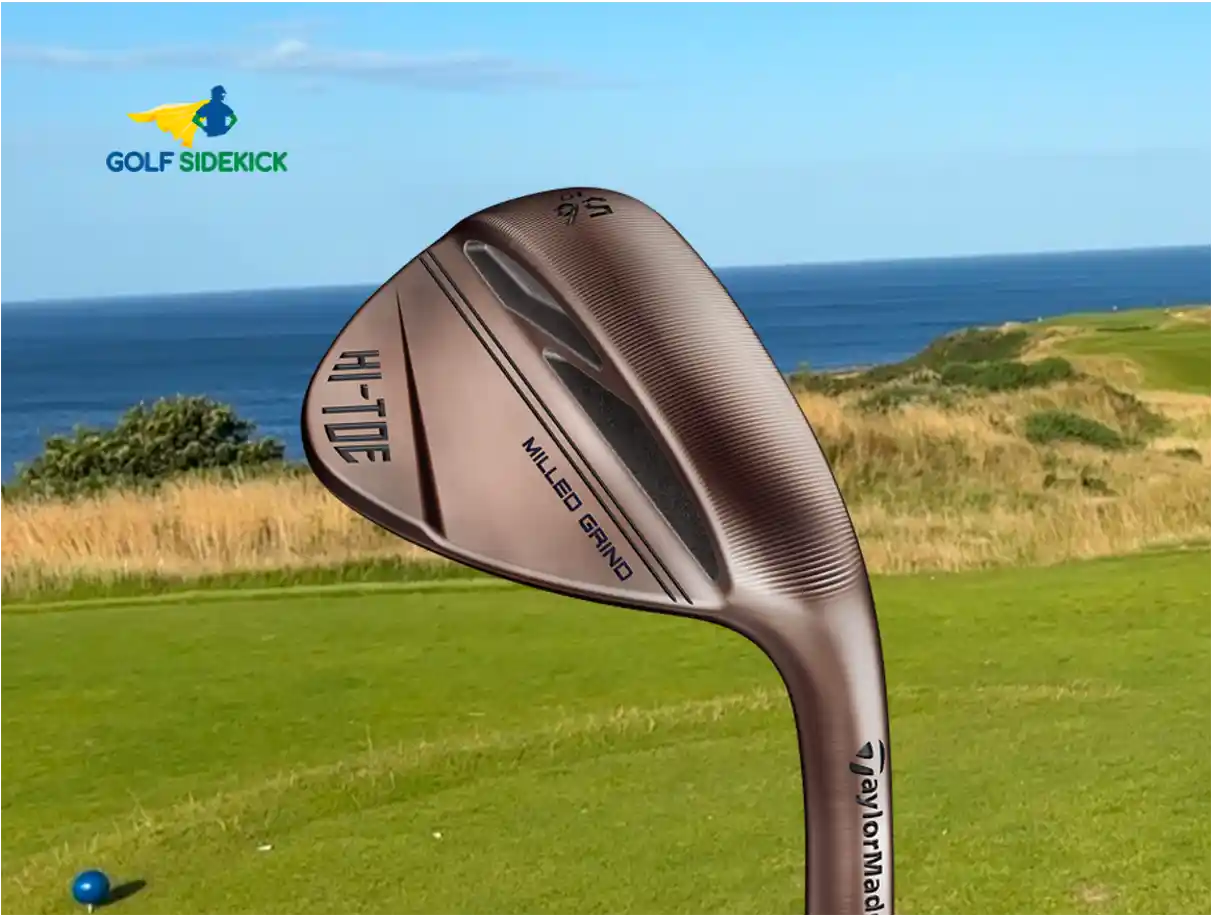
The Hi Toe 3 Taylormade wedge is truly unique in the category.
Cleveland CBX 2 Full Face Wedge
Best wedge on the market for majority of golfers
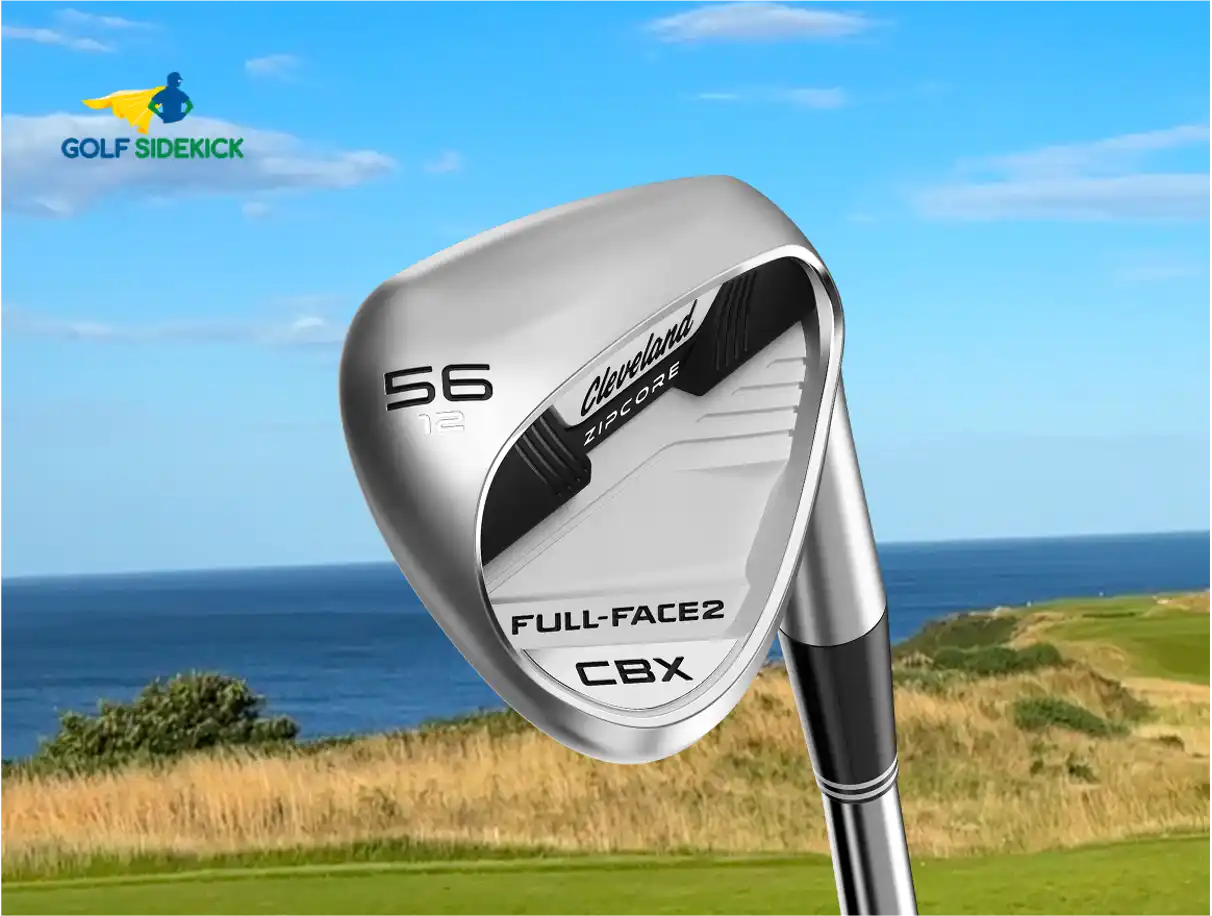
The Cleveland CBX Cavity Back 2 wedge is the standout choice for mid-handicappers, securing its place as our top recommendation in the wedge category for a few reasons.
- Cavity back for better shots even on mishits
- Roughened up face with sharp grooves for spin
- Multiple loft options to dial in the performance based on your preferences
- Fits in perfectly to your cavity back iron set
- Sweet spot closer to the center of club face than other wedges - moved center of gravity away from the hosel
Cleveland is the foremost name in golf wedges and the new iteration of the RTX is another fantastic wedge for the mid handicapper. Since most of us (84%) use cavity back irons, it makes sense to extend the set with cavity back wedges for feel and consistency and the RTX-3 cavity back irons fit nicely into you set.
- In other words this wedge will blend perfectly into your irons but still feel like a specialist wedge.
Cleveland make the best wedges on the planet and this is no different. The best choice for mid handicappers and average golfers.
Conclusion: Extreme forgiveness and spin in a club which looks like a specialist wedge.
Recommendation: Just try one. You’ll thank me.
PXG 0311 Wedge
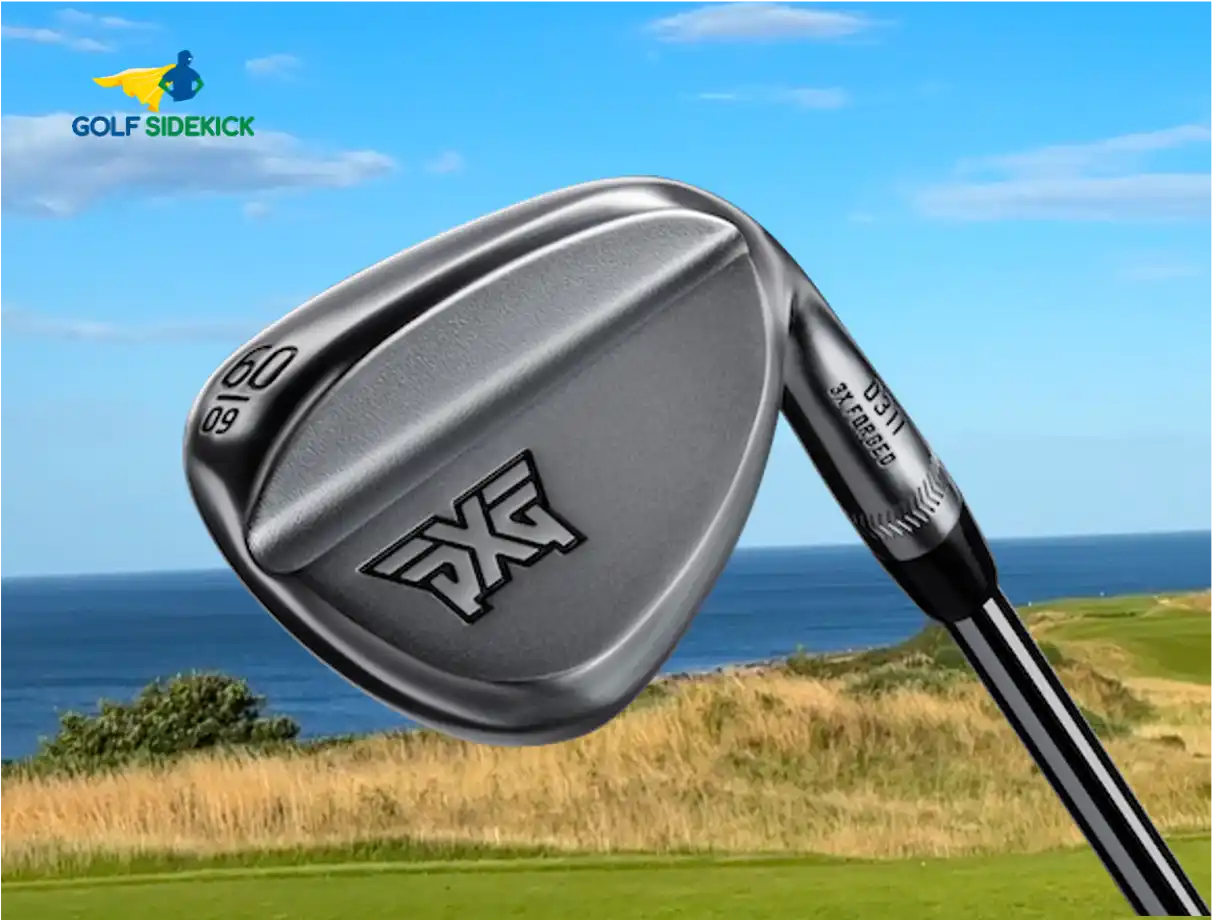
The S wedge comes in 58° which in my eyes is ideal for a sand wedge - like a love child of a sand wedge and a lob wedge. There's massive bounce in the Smart Sole making every wedge shot something you look forward to. It's so difficult to make a mess of a pitch or bunker shot, they're practically fool-proof.
Here's where this thing shines. You'll never fear sand again.
So simple: Line up to the target. Don't manipulate the club face like you do with a normal sand wedge. Swing and hit the sand behind the ball. That's all! The club will do the rest. Is this a miracle club? I don't believe there are any, but yes this is the exception. Practice a little with this thing and you'll get out of the bunkers first time every time.
Pros
Cons
Wilson Staff Model wedge
Simple good wedges
The Wilson wedge is often the one that gets you hooked. You play one, and you keep it for a long long long time.
Decoration and looks are secondary on these wedge as they are very minimalist in the bag when you look at them. I like that. It's just a wedge and it does its job very well.
Pros
Cons
Wedges for mid handicappers
A mid handicapper is a golfer between 7 and 18 handicap and the best wedges for you as a mid handicapper are cavity back wedges.
There are less forgiving wedges made in a blade style if you want to work on a more precise strike, but I always try make things as simple and forgiving as possible at each level of the game, from low to high handicap. Let's use what works most easily.
You might even want to have different wedges for different shots. A lob wedge for high approaches from short distances. Maybe you want a low bounce, sharp edge pitching wedge for chipping. Do you like a big fat-soled sand wedge to splash it out of bunkers? As a mid handicapper now, you have some skills to understand your tendencies.
How to Create the Perfect Wedge Set
Step 1: Select the best option
3 wedges for consistent gapping
The Three-wedge Consistent Gap approach is the simplest system. This is best for most golfers so that there is more room in the bag for hybrids and fairway woods for more distance and forgiveness approaching the green.
4 wedges for tiny gaps to plug
The Four-wedge Micro Gap approach means you have a lot of wedge options. This is a good system for you if you rely on your wedge game inside 125 yards to keep that score down.
3 wedges for comfort
The Three-wedge Random Gap system is what most people have from buying new wedges different to their iron set. Sometimes we even use different brands and models from one wedge to the next. The key is: as long as you hit the distances you want to hit on the course, then it's a perfect setup.
Step 2: Select the wedges for your system
Most wedge manufacturers produce wedges in the following lofts:
50° 52° 54° 56° 58° 60° 64°
There is no wrong choice, it all depends on the carry distance number you want to hit.
Select your wedge manufacturer and try buy 2, 3 or 4 wedges from the same range/manufacturer so there is consistency throughout the wedge set. Similar feel and distance gapping from the same range of wedges will give you more confidence on approach shots. It is more consistent when you use the same manufacturers clubs.
How to select the correct wedge loft
Loft gapping
What's you distance with the pitching wedge on a full shot? What's the next wedges distance? What's the next wedges distance after that? Find out the distances and find the biggest gap to fill.
For example, if your PW goes 110 yards, and your SW goes 85 yards. You need a shot that goes 95 or 100 yards. Whatever loft club produces that number for you, that's the wedge to get.
Bounce of the wedge
You get low and high bounce wedges. Low bounce wedges do not bounce off the turf as much when you hit the ground. The high bounce wedges bounce off the turf a lot. The bounce in degrees is usually stamped somewhere on the club head.
Simple rule of thumb for low and high bounce wedges:
- Low bounce wedges play best on hard fairways and tight lies where the grass is trimmed close to the ground or the soil is firm. Low bounce is from 6-10 degrees.
- High bounce wedges are preferred in soft ground, wet ground and fluffy sand bunkers. High bounce is 10-15 degrees.
So if you play in soggy, wet, soft turf conditions with fluffy sand bunkers, you will be happy with a sand wedge with 14 degrees of bounce.
If you play in firm, dusty, clay, tight grass conditions and harder, compact bunkers, you want a sand wedge with 8 or 10 degrees of bounce.
Step 3: Practice Practice PRACTICE
Take those new wedges and go to the range. Waste half a bucket or even a full bucket on just hitting your wedges. Practice at the chipping green for an hour at a time. Chip in the garden or over your house.
Within a couple of months you'll drop your score by at least 4 strokes with a decent set of wedges and a 2 or 3 hours of practice a week. Guaranteed.
What is a Gap/Approach Wedge?
There's usually gap of between 8 and 12 degrees between the PW and SW which causes a big distance gap between those two wedges - a Gap wedge fills that distance gap. The Gap Wedge can be bought separately to help you hit a distance between the PW and SW distance.
That is why we call this a gap wedge - it fills the gap between the pitching wedge and the sand wedge. Easy.
Currently I have an A wedge (approach wedge) which is another name for a gap wedge. It's 51 degrees and fits the gap perfectly between my PW and SW.
Conclusion
You have all the knowledge now to select a great set of wedges or just one to fill a gap. Modern wedges are all very good but as with all clubs, it depends on your tastes and your requirements. Choose wisely and I hope you start to get out of the bunker in one shot, and start chipping the ball really close.
The best wedges for mid handicappers are forgiving and have the correct bounce for your conditions. Loft will depend on how far you want to hit the ball and what kind of shots you hit. You have some mid handicapper skills now so you know what you need.

